SCMP reported on November 18 that the China Centrifugal Supergravity and Interdisciplinary Experiment Facility (CHIEF) has begun operations.
CHIEF provides a multidisciplinary scientific platform with the world's largest supergravity centrifuge - capable of generating forces thousands of times greater than Earth's surface gravity, helping to solve complex engineering problems in many fields.
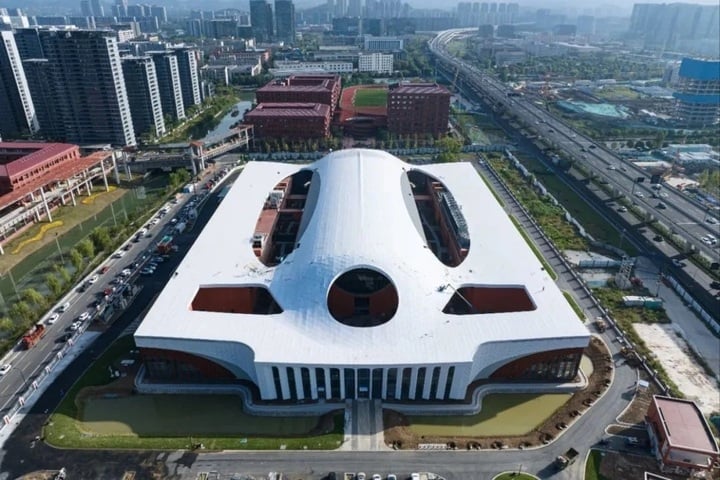
CHIEF supergravity experiment facility in Hangzhou, Zhejiang province, China. (Photo: ifeng)
CHIEF is located in Hangzhou, capital of Zhejiang Province in eastern China. According to local authorities, the preliminary completion of the project is a milestone in the field of supergravity research.
The project was approved by China's National Development and Reform Commission (NDRC) in 2018. Construction began in 2020, under the supervision of scientists from Zhejiang University.
CHIEF consists of three main supergravity centrifuges - machines that spin containers at very high speeds so that heavier liquids and solids are forced out or to the bottom - and 18 pre-assembled units.
The main engine of the first centrifuge - the device with two large arms holding two chambers that house the experimental modules - has been installed. Construction of the remaining two centrifuges and 10 pre-assembled units is underway, according to Hangzhou authorities.
The Earth's gravitational force is expressed in 1g (unit of gravity), any force greater than 1g is called supergravity.
When an astronaut returns to Earth by spacecraft, he or she is subjected to the effects of 4g of hypergravity, equivalent to four times his or her body weight.
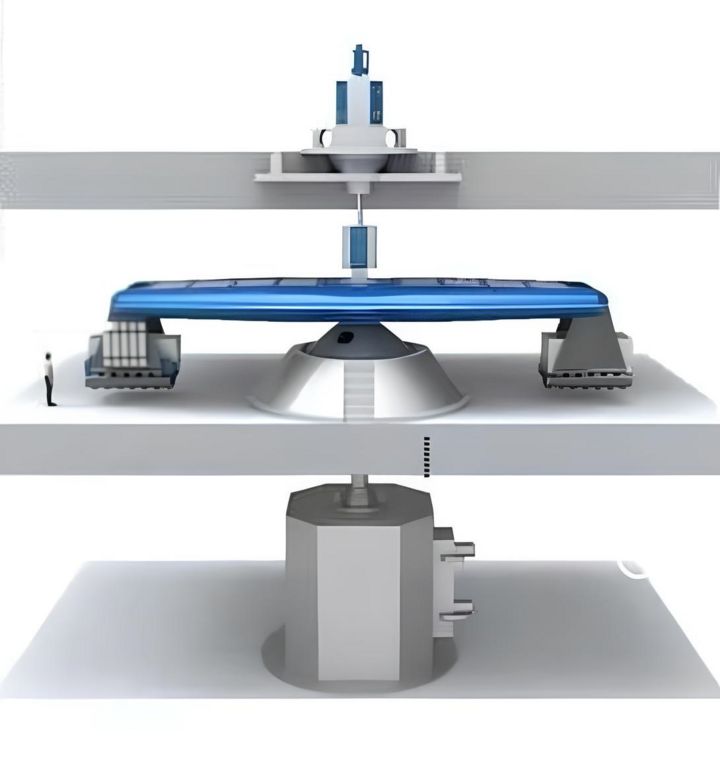
Image showing the dimensions of one of CHIEF's three centrifuges. (Photo: ifeng)
Supergravity centrifuges are considered revolutionary research tools because of their ability to create extreme physical conditions that do not exist in everyday environments.
Facilities like CHIEF can "compress" time and space, allowing research into many complex physical problems and serving a variety of engineering purposes, said Professor Chen Yunmin of the Chinese Academy of Sciences.
“For example, scientists can observe the migration of pollutants that would take tens of thousands of years in nature,” Chen, who is also behind the idea for the giant scientific facility, wrote in a report.
The world's leading microgravity facility, currently under development by the US Army Corps of Engineers, is capable of around 1200 gt (gravitational acceleration x tons). The facility under construction in Hangzhou is expected to reach 1900 gt.
The project is designed to house six hypergravity laboratories, each of which will focus on a specific area of research: slope and dam engineering, seismic geotechnical engineering, deep sea engineering, deep underground engineering and environments, and geological processes and materials processing.
For example, in the field of deep-sea engineering, such scientific experiments could bring natural gas hydrates closer to reality.
Natural gas hydrates, also known as flammable ice, are frozen fossil fuels found in the seafloor and permafrost, consisting of water and gas (usually methane). Gas hydrates are considered an abundant, widely distributed, and clean-burning energy source, making them one of the most promising alternative energy sources of the future.
Scientists involved in the project said that the hypergravity experiments will be able to simulate mining processes and different mining methods in deep-sea environments, providing important scientific and experimental support for optimal mining and mitigating future incidents.
According to public information, CHIEF is listed as one of the 10 key national science and technology infrastructures in China's 13th Five-Year Plan for 2016-2020, with a cost of more than 2 billion yuan ($276.5 million).
Source




![[Photo] Ministry of Defense sees off relief forces to the airport to Myanmar for mission](https://vstatic.vietnam.vn/vietnam/resource/IMAGE/2025/3/30/245629fab9d644fd909ecd67f1749123)


![[Photo] Prime Minister Pham Minh Chinh chairs meeting to remove difficulties for projects](https://vstatic.vietnam.vn/vietnam/resource/IMAGE/2025/3/30/7d354a396d4e4699adc2ccc0d44fbd4f)




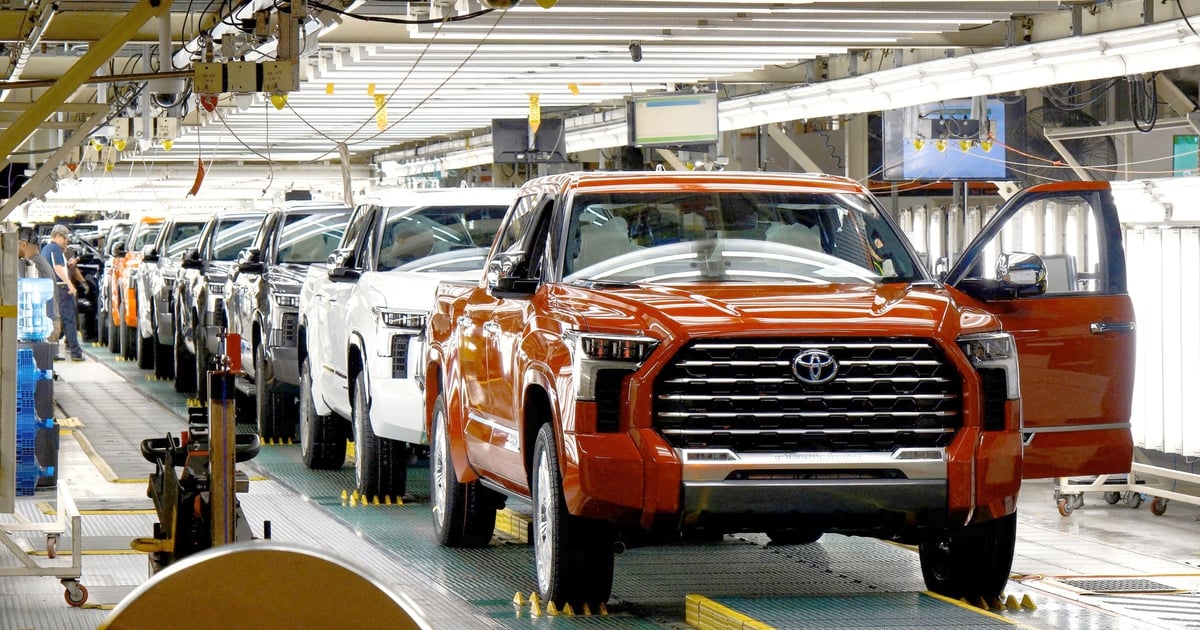




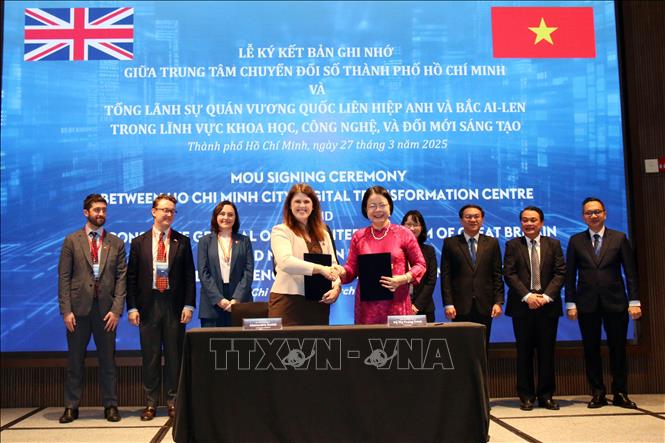

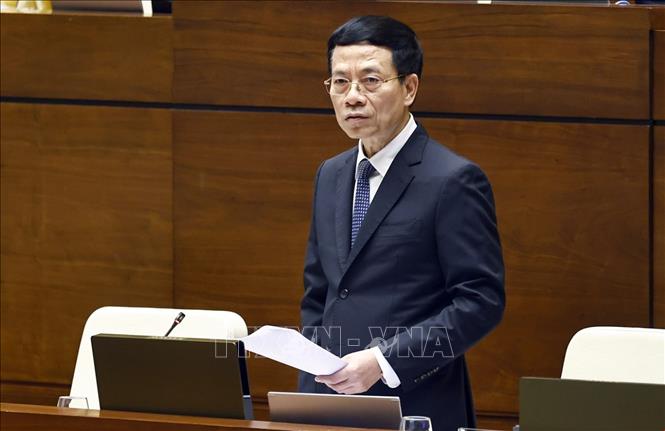










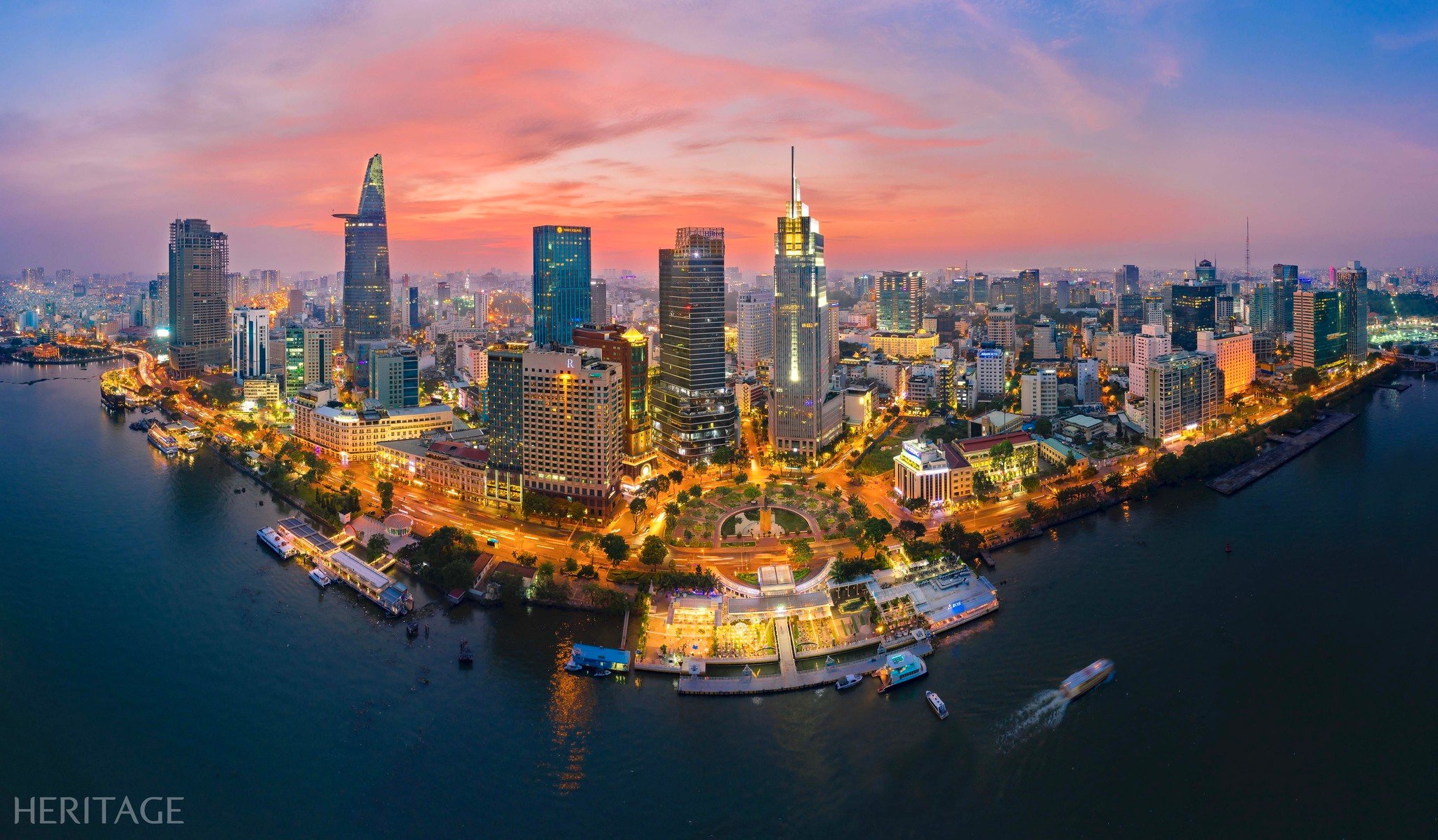
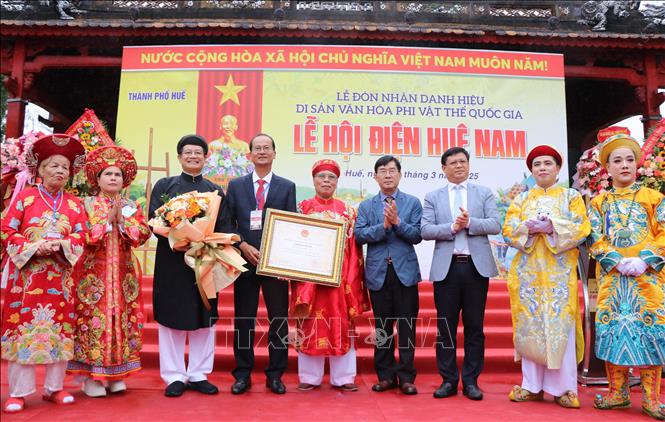

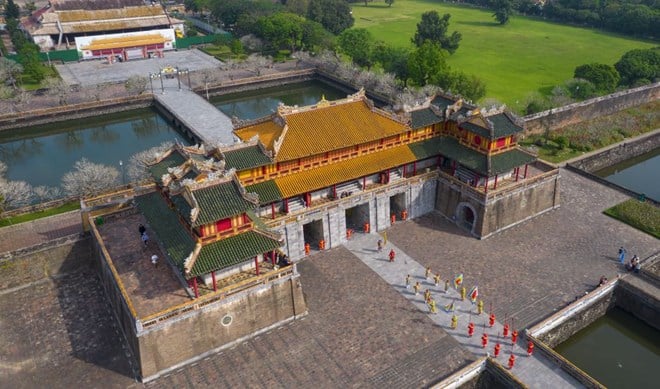







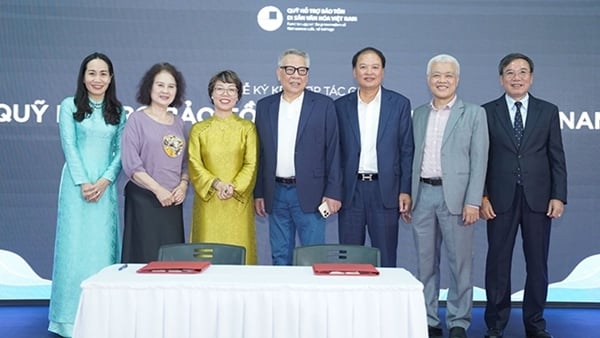

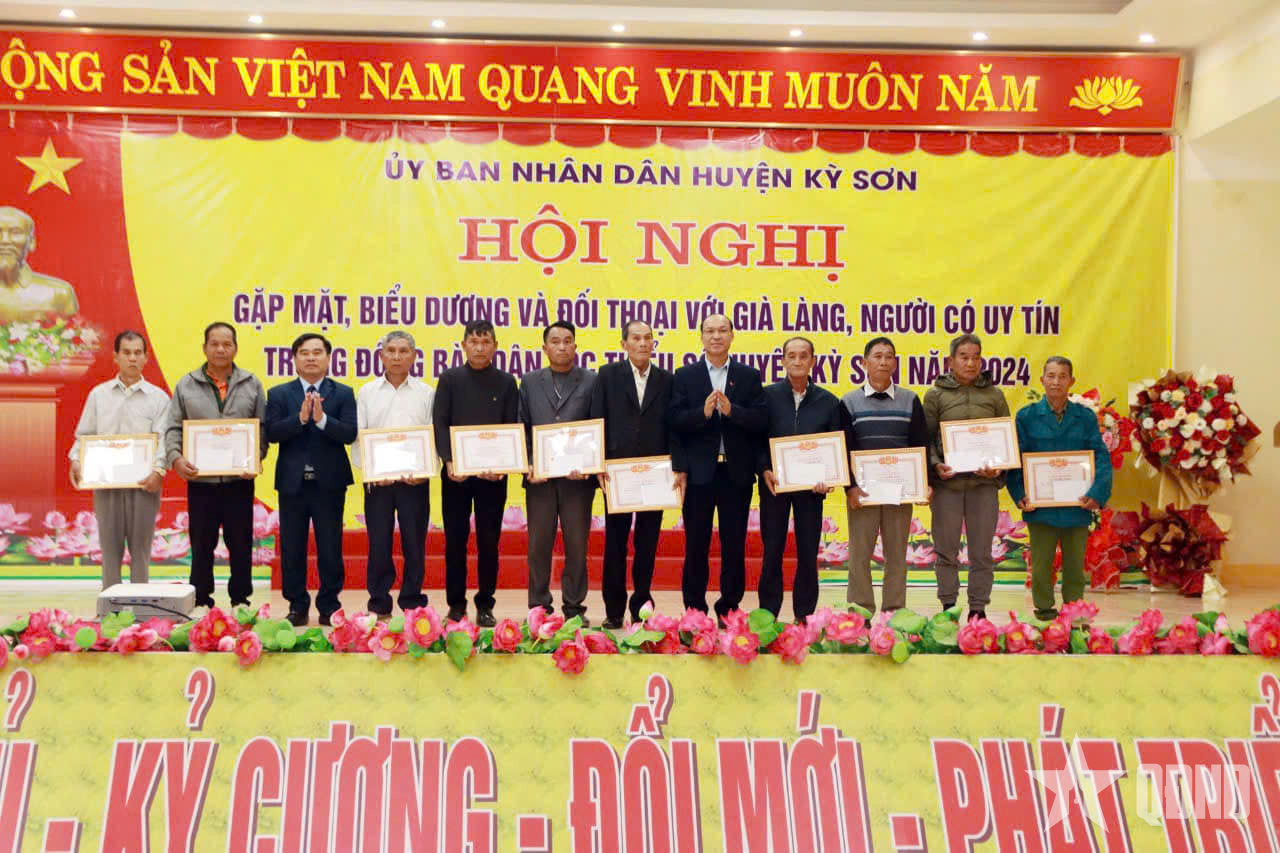






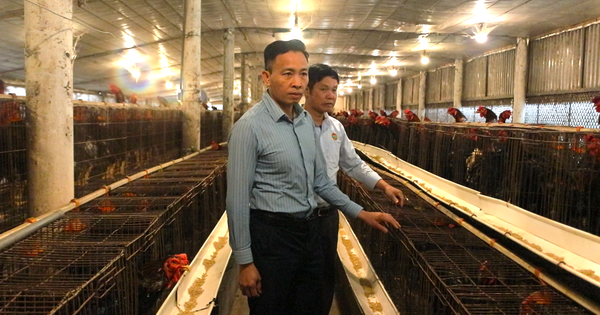











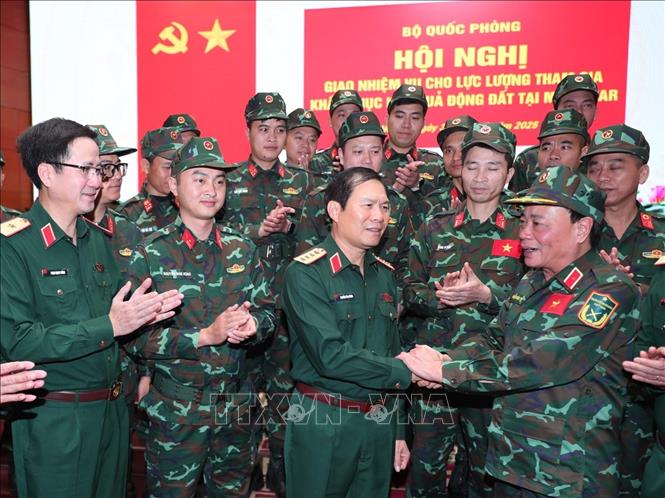

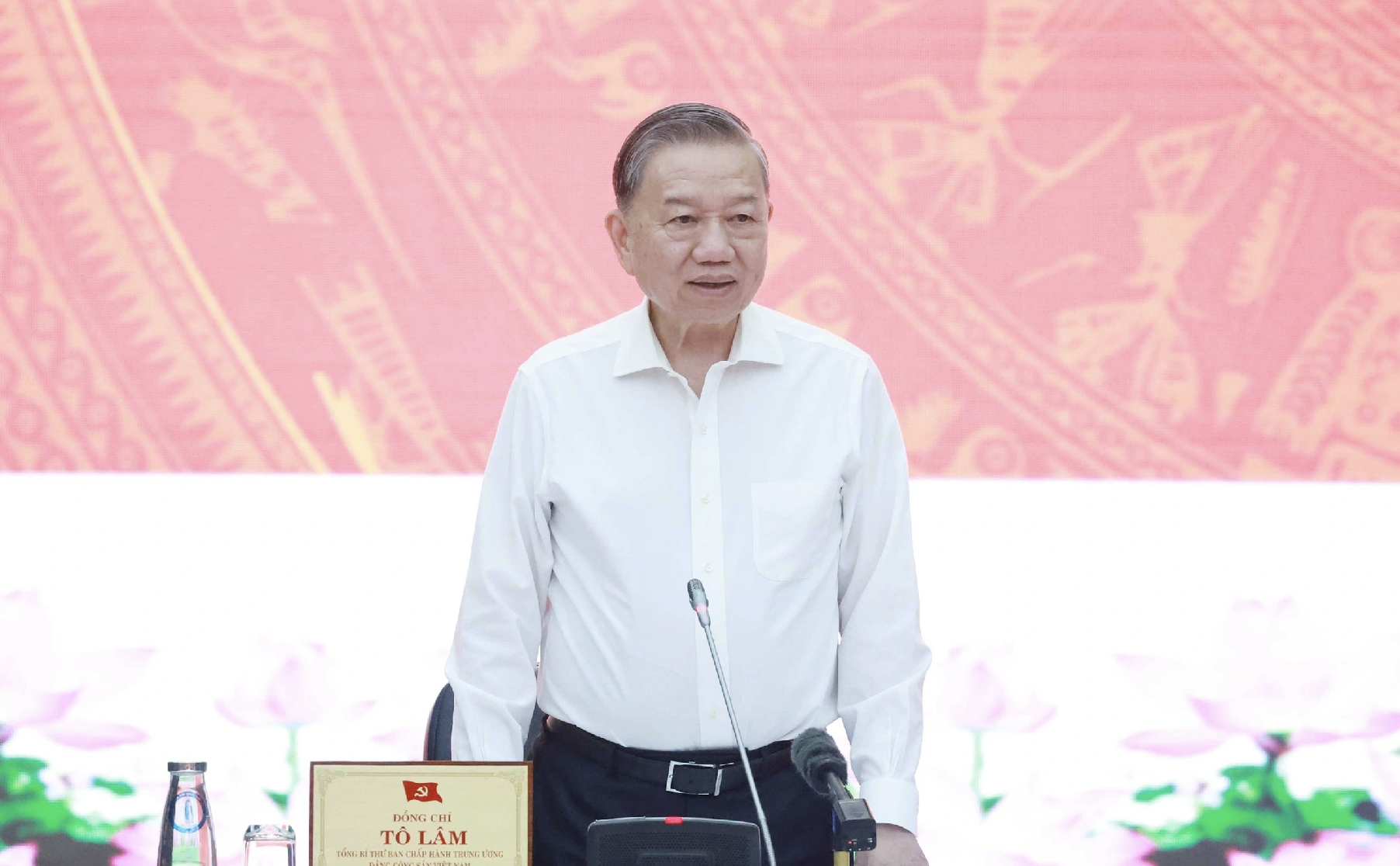
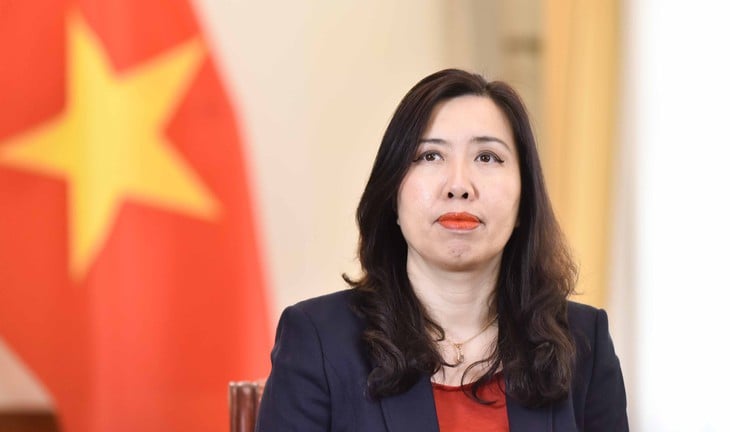



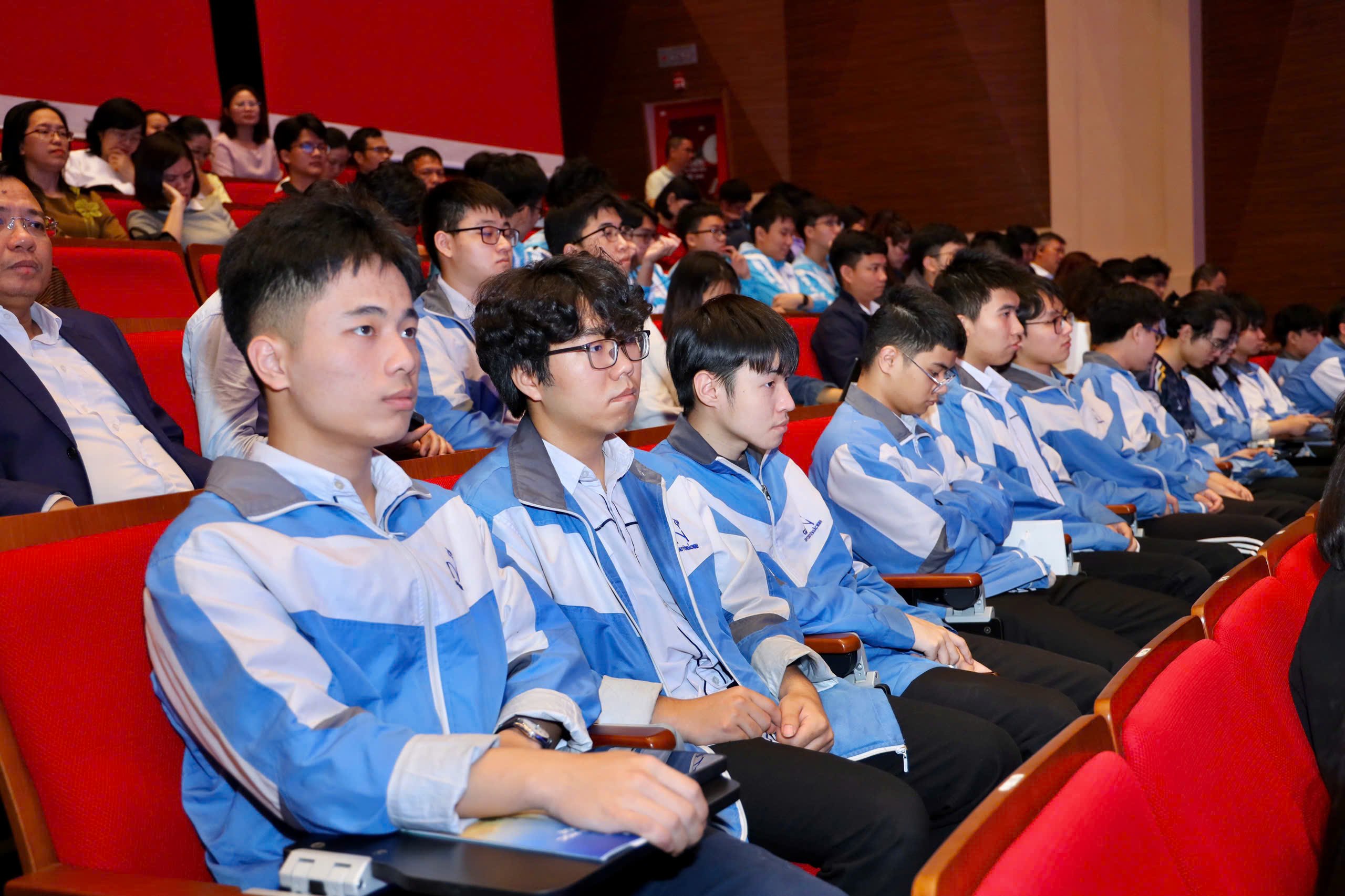

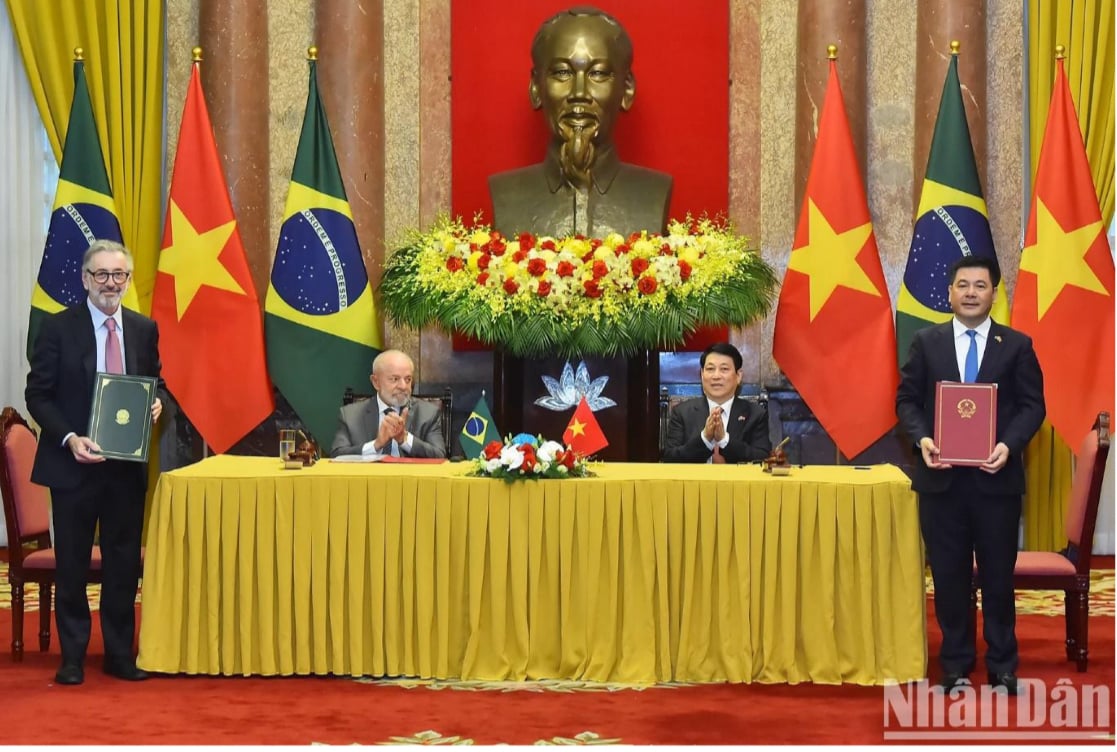






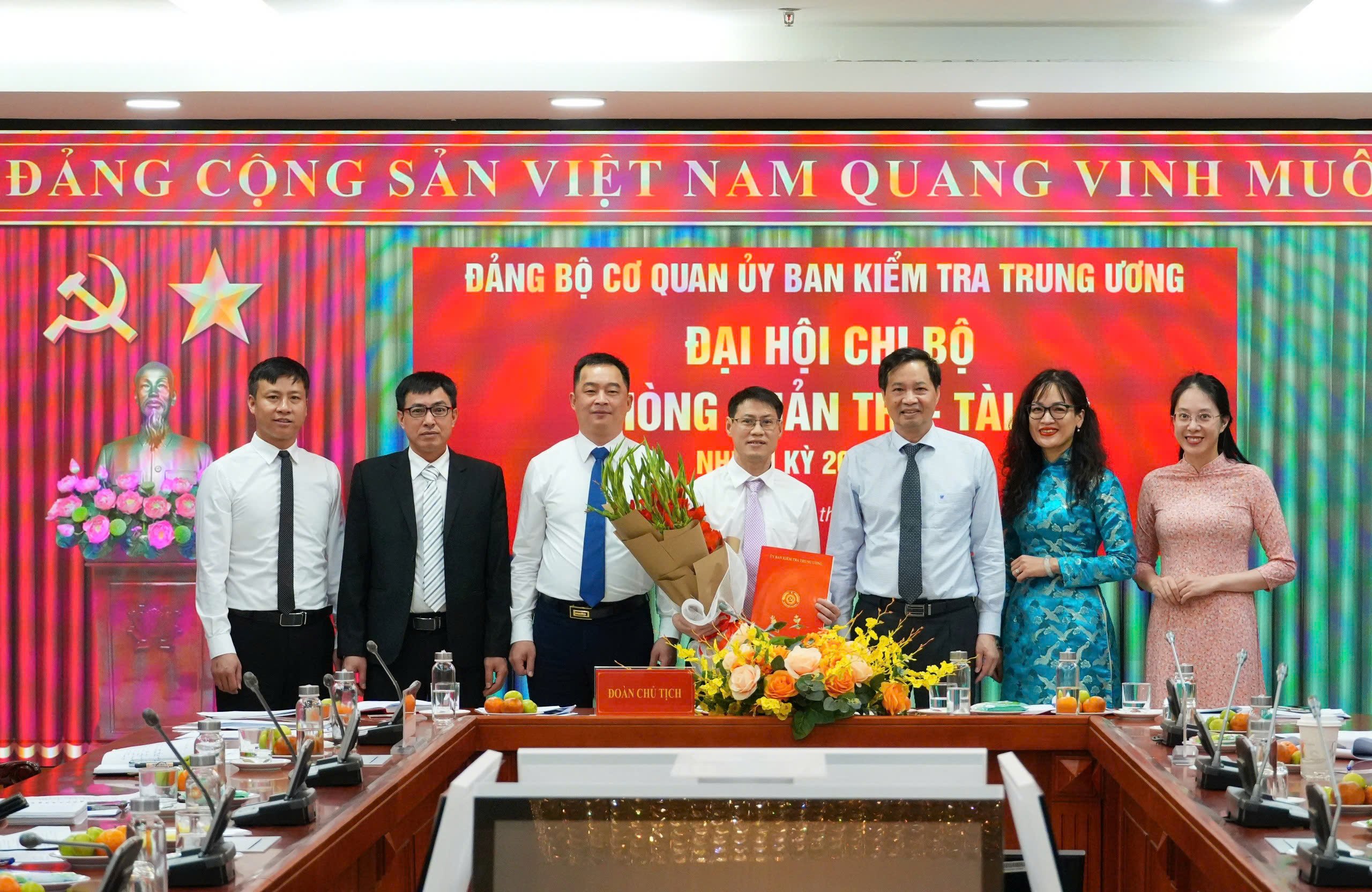












![[REVIEW OCOP] An Lanh Huong Vet Yen Cat](https://vstatic.vietnam.vn/vietnam/resource/IMAGE/2025/3/27/c25032328e9a47be9991d5be7c0cad8c)



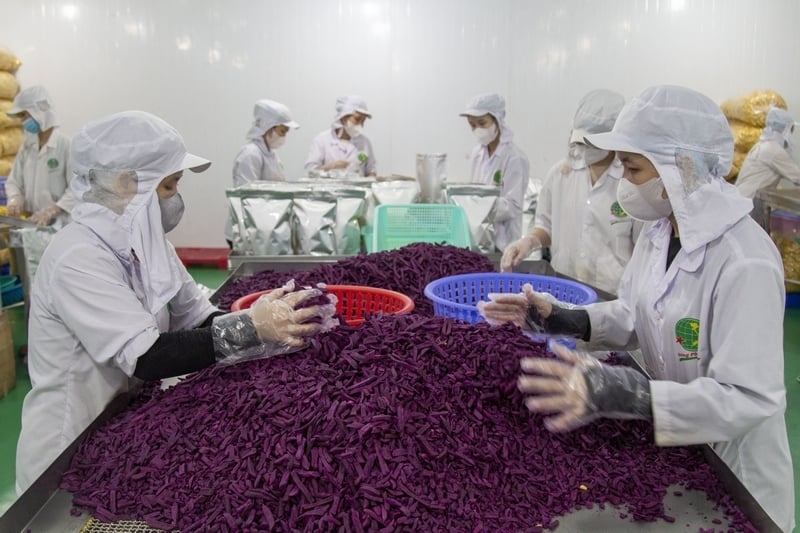
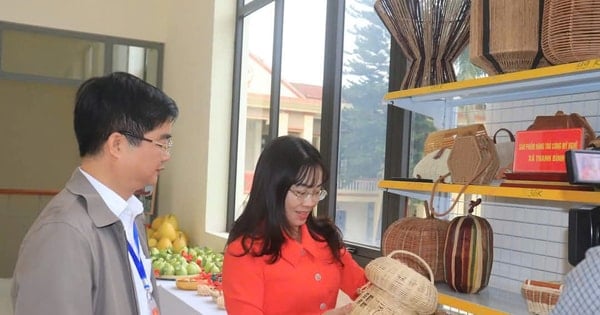


Comment (0)